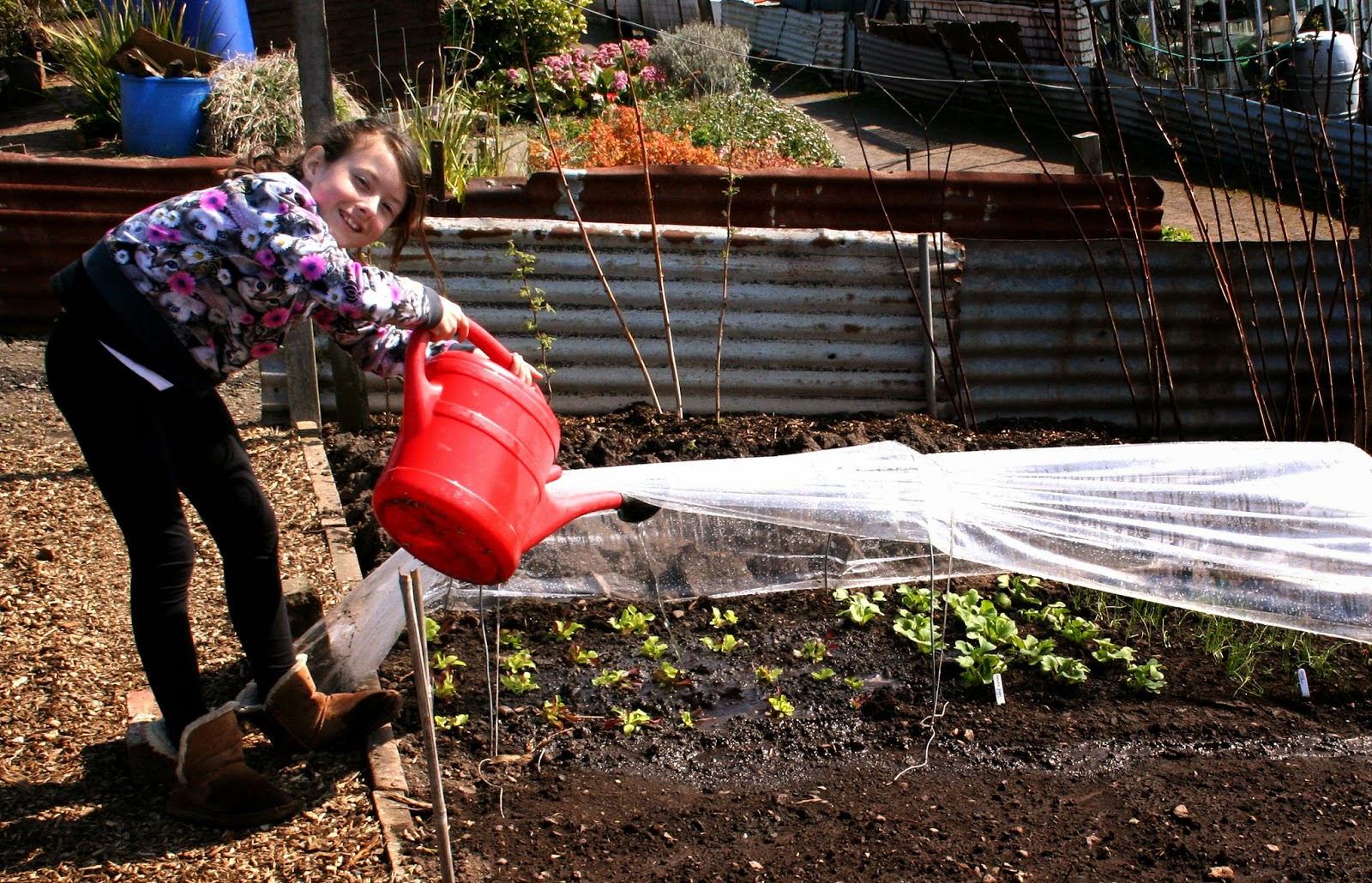PLANT OUT THE TENDER PLANTS
Summer is a bit late
this year so I have been in no rush to plant out my sweet corn, courgettes, pumpkins
or runner beans. Early June still gives plenty of time for these crops which
will soon put on strong growth once the warmer weather arrives. Most of these
plants have been raised from seed inside on a warm windowsill, then after
germination, transferred to the cold greenhouse. It was late May before the
weather warmed up sufficiently to put them outdoors for hardening off.
In the meantime land
allocated for them has had a clover green manure crop sown down in March.
Growth was quite slow this year due to lack of warmth, but eventually I got
quite a thick stand of clover for digging in a fortnight ahead of planting.
Sweet corn
The ground was raked
level and some fertiliser added. I usually take out a shallow furrow to mark
the rows. Sweet corn was planted in one large square block with plants spaced
about eighteen inches apart each way. The plants require wind pollination as the
female cobs get their pollen from the male tassels. If the land is in good
heart and kept weeded and watered in any dry spells they should be just fine as
they are little troubled by pests or diseases.
Pumpkins and Courgettes
growing conditions of well cultivated and
 composted soil, added fertiliser
and watering and feeding in summer. Again they do not suffer much pests or
diseases though mice can nibble young courgettes. Allow plenty of room for them
to grow with spacing plants three feet apart. Two courgette plants are quite
enough for normal use and three plants for a larger family with ample spare
courgettes to hand out to anyone passing by the plot. In a good summer they can
produce an embarrassing number of courgettes, and when they grow too big to use
as a delicacy because you are not eating them fast enough, find a good soup
recipe as this is not only delicious and very healthy, but any surplus can be
frozen and stored. I grow about five pumpkin plants and try to get one or two
fruits from each. When growth starts to wander all over the plot it is time for
a wee prune provided you have got a couple of decent sized fruits. Harvest them
once they have attained the bright orange colour usually towards the end of
October and store them in a cool but frost free place. They should last till
the following spring. With large pumpkins it is best to cut them up into
smaller slices for roasting then the skin is easy to remove. The flesh can be
used as a vegetable or soup or as a sweet in a pie and stores a long time in
the freezer.
composted soil, added fertiliser
and watering and feeding in summer. Again they do not suffer much pests or
diseases though mice can nibble young courgettes. Allow plenty of room for them
to grow with spacing plants three feet apart. Two courgette plants are quite
enough for normal use and three plants for a larger family with ample spare
courgettes to hand out to anyone passing by the plot. In a good summer they can
produce an embarrassing number of courgettes, and when they grow too big to use
as a delicacy because you are not eating them fast enough, find a good soup
recipe as this is not only delicious and very healthy, but any surplus can be
frozen and stored. I grow about five pumpkin plants and try to get one or two
fruits from each. When growth starts to wander all over the plot it is time for
a wee prune provided you have got a couple of decent sized fruits. Harvest them
once they have attained the bright orange colour usually towards the end of
October and store them in a cool but frost free place. They should last till
the following spring. With large pumpkins it is best to cut them up into
smaller slices for roasting then the skin is easy to remove. The flesh can be
used as a vegetable or soup or as a sweet in a pie and stores a long time in
the freezer.
Runner beans
These also enjoy a
rich well drained soil that holds moisture and prefer a more alkaline soil
rather than one too acidic. Plant out about a foot apart in early June or sow
seeds at that time. Grow them on a wigwam support, trellis, tall fence or the
traditional double row of eight foot canes leaning inwards and crossing at six
feet with horizontal canes tied in to secure the frame. They will soon find the
canes and twine around them as they reach upwards.
Wee jobs to do this week
Give support to all
tall growing herbaceous plants such as oriental poppies, peonies, delphiniums
and pyrethrums as we seem to be in a period of strong winds.
Now that warmer
weather has arrived weeds are starting to become a nuisance so keep the hoe
going or pull them out and add them to the compost heap as long as they are
just annual weeds.
Keep checking the
tips of roses, blackcurrants and gooseberries and other plants with young
succulent shoots as greenfly will very quickly multiply. At this stage they
squash quite easily.
Gooseberries are
also prone to attacks by the sawfly larvae, so be vigilant and continue to
squash as necessary.
END


































